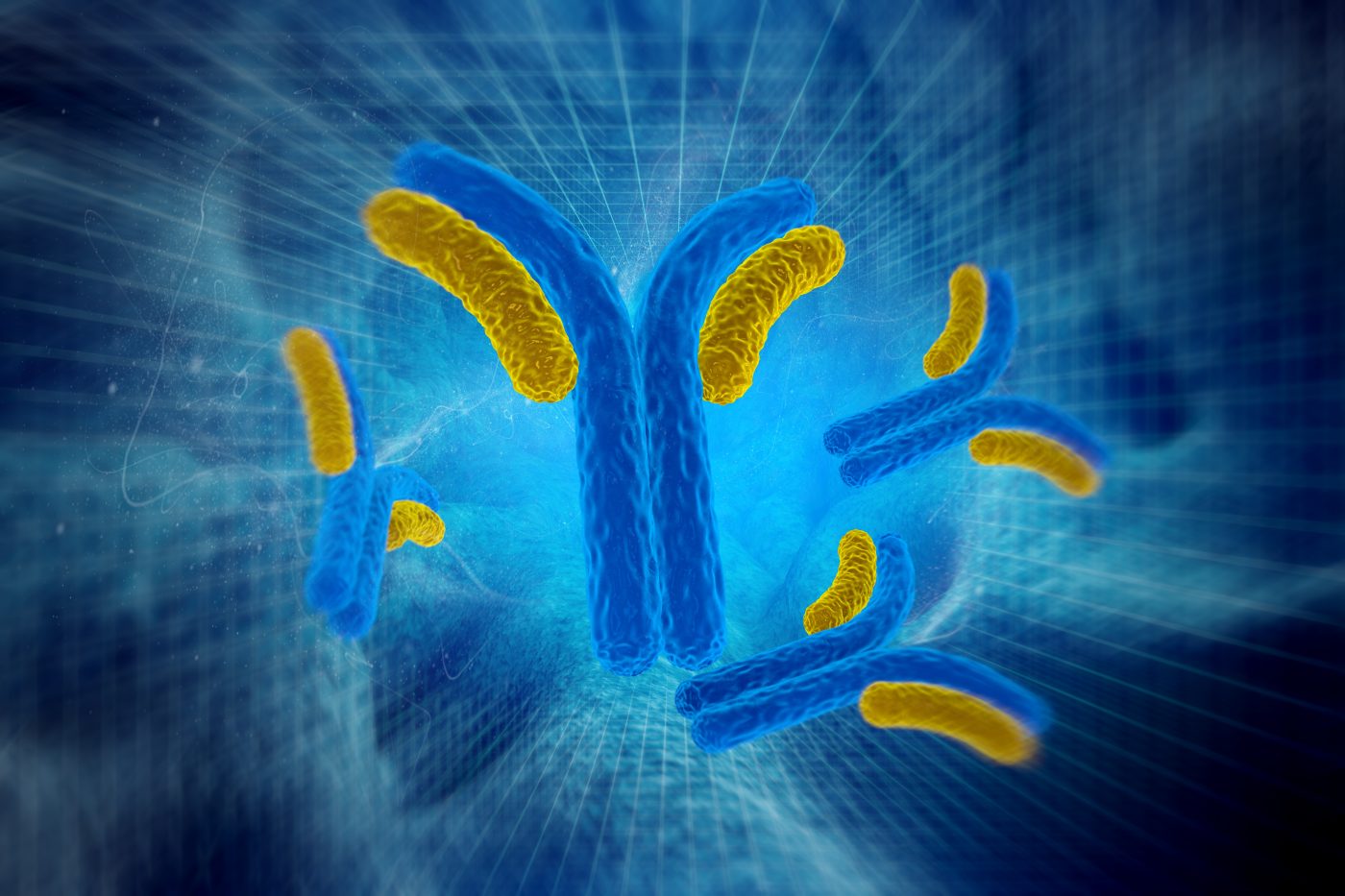Scleroderma Patients Lacking Hallmark Autoantibodies Form Distinct Subset, Study Says

People with scleroderma who lack disease-related autoantibodies show a clinically distinct profile, which includes younger age at disease onset, and differences in skin thickness and the proportion of patients with diffuse disease, a Japanese study has found.
The study, “Clinical features of Japanese systemic sclerosis (SSc) patients negative for SSc‐related autoantibodies: A single‐center retrospective study,” was published in the International Journal of Rheumatic Diseases.
Scleroderma is characterized by the production of autoantibodies, such as antinuclear antibodies (ANAs), which mistakenly attack the body’s own healthy tissue. Various ANAs are detected in more than 90% of scleroderma patients and react against targets within the cell.
Some 5%–10% of SSc patients, however, are negative for such antibodies, and their clinical features — such as affected organs, scarring, prescribed medications, and symptoms — remain poorly reported.
Researchers at Kanazawa University, in Japan, reviewed the records of 546 Japanese patients with scleroderma, looking for clinical differences between those positive and negative for ANAs and other disease-related autoantibodies.
Results showed 26 (4.8%) patients were negative for ANAs, and 29 (5.3%) testing positive but without other scleroderma-related autoantibodies.
Compared to patients with anti‐centromere (ACA) antibodies (also a hallmark of scleroderma), participants lacking autoantibodies showed a significantly shorter median disease duration (two years vs. eight years), and more commonly had diffuse scleroderma — 56% vs 11% — contracted bones of the fingers and toes, called phalanges (42% vs. 17%), and diffuse pigmentation (42% vs. 16%). They also had lower incidence of telangiectasia or permanently dilated small blood vessels (15% vs. 42%).
In turn, compared to participants with anti-RNA polymerase antibodies (RNAP), patients lacking disease-related autoantibodies were younger at disease onset — 48 vs. 60.5 years — and had less skin thickening, as assessed by the modified Rodnan Skin Score.
They also showed a significantly higher frequency of interstitial lung disease, lower vital capacity — or the maximum amount of air exhaled from the lungs — and received more oral prednisone and intravenous cyclophosphamide (brand names Cytoxan and Neosar) than people with ACA antibodies.
Scleroderma renal crisis was significantly less frequent among patients without autoantibodies than in participants with anti-RNAP antibodies.
Patients who were ANA-positive but negative for other scleroderma-related autoantibodies appeared more likely to have contracture of phalanges (59% vs. 23%) and diffuse pigmentation (55% vs 27%), as well as greater skin thickening than ANA-negative patients. Yet, organ involvement and treatment were otherwise similar between these two groups.
“In conclusion, it is important to consider the existence of SSc [scleroderma] patients negative for ANA/SSc‐related autoAbs [autoantibodies]. This is clinically significant because … [they] form a clinically distinct subset,” the investigators wrote.
Although the study’s findings largely supported those of past research, it had several key differences, including ANA-negative patients who were less likely to be male, showed a high incidence of interstitial lung disease, and less severe skin thickness. As all participants in the current study were Japanese, the scientists proposed that ethnicity may influence the clinical features of scleroderma patients lacking ANA antibodies.






